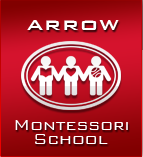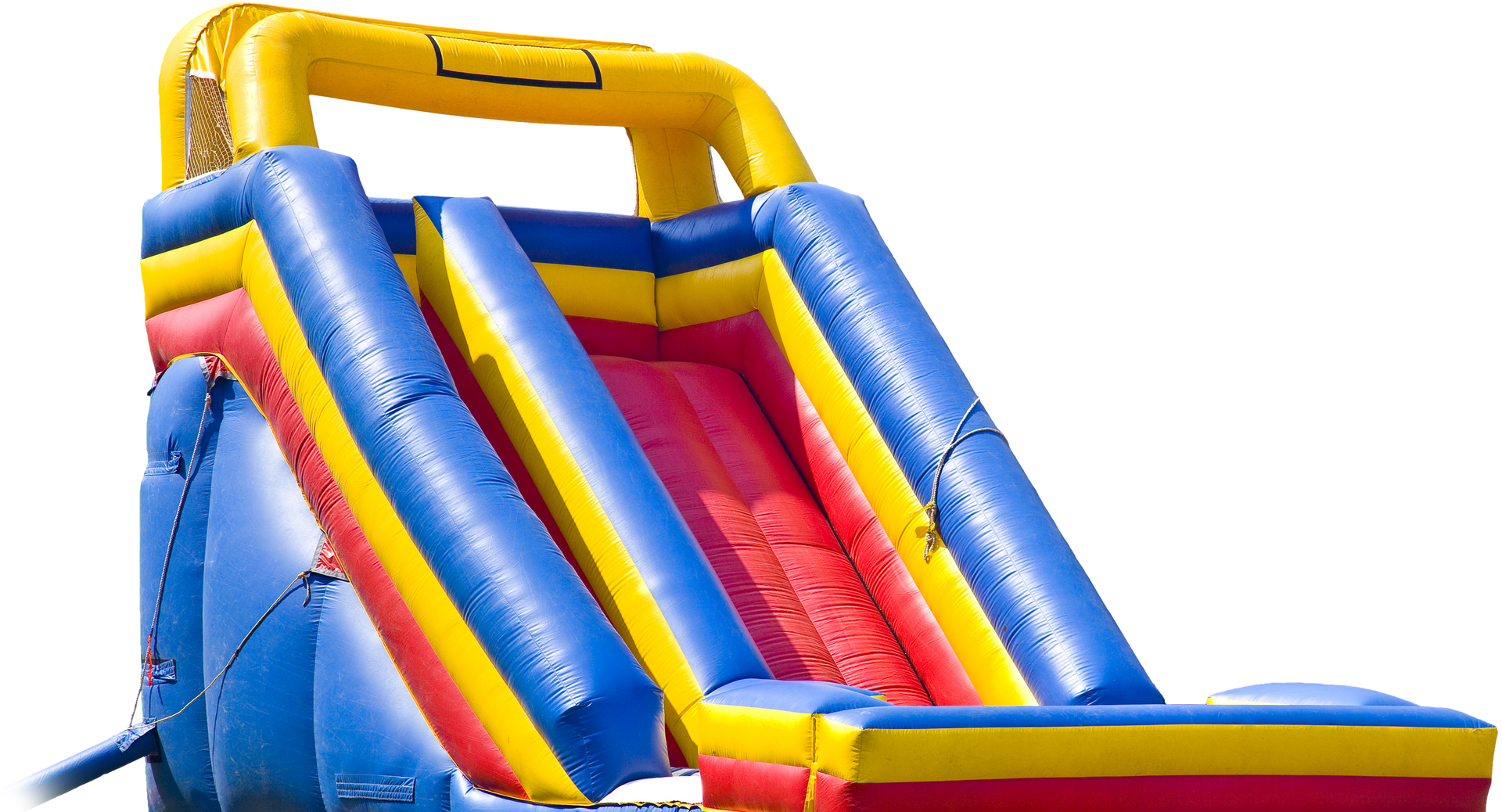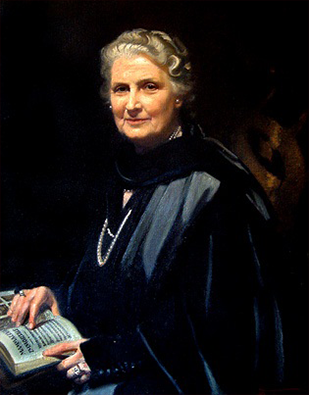Montessori Method
Dr. Maria Montessori
Maria Montessori was the first woman to attend medical school and the first female Doctor of Medicine in Italy, living from 1870 to 1952. She developed her unique educational method, the Montessori method, through her work with handicapped and socially deprived children. After further study, observation, and experimentation, she found that the principles of her method are applicable to all children. Dr. Maria Montessori and her methods have greatly impacted the effect of education and how children are understood today.
“We discovered that education is not something which the teacher does, but that it is a natural process which develops spontaneously in the human being.”
- Dr. Maria Montessori.
Montessori is a philosophy and method of education, which emphasizes the potential of the young child and develops this potential by utilizing specially trained teachers and teaching materials. Montessori recognizes in the child a natural curiosity and desire to learn. The specially designed Montessori materials awaken this desire and channel this curiosity into a learning experience that the child enjoys.
Comparison to Public
Montessori vs. Traditional Education
Montessori
Emphasis on cognitive structures and social development
- Teacher has unobtrusive role in classroom activity; child is an active participant in learning.
- Environment and method encourage internal self-discipline.
- Instruction, both individual and group, adapts to each student's learning style.
- Mixed age groups.
- Children are encouraged to teach, collaborate, and help each other.
- Child chooses own work from interests and abilities.
- Child formulates own concepts from self-teaching materials.
- Child works as long as he/she wishes on chosen project.
- Child sets own learning pace to internalize information.
- Child spots own errors through feedback from material.
- Learning is reinforced internally through the child's own repetition of an activity and internal feelings of success.
- Multi-sensory materials for physical exploration.
- Organized program for learning care of self and environment (polishing shoes, cleaning sink, etc.).
- Child can work where he/she is comfortable, moves around and talks at will (yet disturbs not the work of others); group work is voluntary and negotiable.
- Organized program for parents to understand the Montessori philosophy and participate in the learning, not participants in understanding the learning process.
Traditional
Emphasis on rote knowledge and social development.
- Teacher has dominant, active role in classroom activity; child is a passive participant in learning.
- Teacher acts as primary enforcer of external discipline.
- Instruction, both individual and group, conforms to the adult's teaching style.
- Same age groups.
- Most teaching is done by teacher and collaboration is discouraged.
- Curriculum structured for child with little regard for child's interest.
- Child is guided to concepts by teacher.
- Child generally given specific time limit for work.
- Instruction pace usually set by group norm or teacher
- If work is corrected, errors usually pointed out by teacher.
- Learning is reinforced externally by rote repetition and rewards/discouragement.
- Fewer materials for sensory development and concrete manipulation.
- Less emphasis on self-care instruction and classroom maintenance.
- Child is usually assigned own chair; encouraged to sit still and listen during group sessions.
- Voluntary parent involvement, often only as fundraisers, process.



